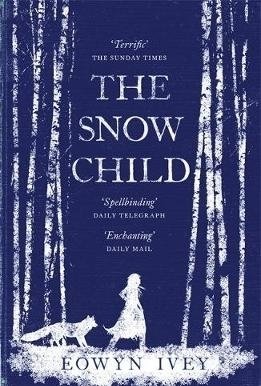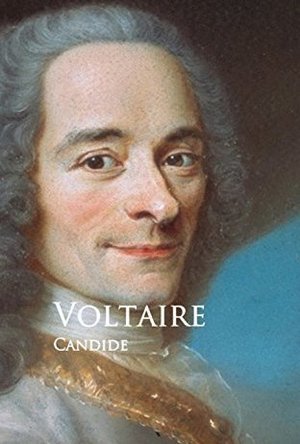Hazel (1853 KP) rated The Snow Child in Books
May 30, 2017
Set in Alaska during the 1920s this is the story of a couple, Jack and Mabel, who, aside from a stillbirth, have not had any children despite their desperate longing. Now that they are both approaching fifty years of age they know that they will never be able to have a son or daughter of their own. One winter, during the first snowfall, the two of them on an uncharacteristic, spur of the moment impulse build a snowman next to their cabin. Rather than building a large snowman they make a smaller one in the shape of a girl, decorating her with scarves and mittens – they have made a snow girl.
Eowyn Ivey has based her novel on a Russian fairy tale, Snegurochka, which in English translates to The Snow Maiden. It was Arthur Ransome’s retelling, Little Daughter of the Snow, which inspired Ivey, but the general storyline is essentially the same, although some versions have alternative endings. For those who are familiar with Snegurochka and its variants will know that it does not end happily therefore it seems inevitable that The Snow Child will head in the same direction. However which ending will it most resemble?
Throughout the novel it is impossible to be absolutely sure that the little girl who turns up outside the cabin the day after the snowman has been built (and destroyed) is in fact the snow girl magically transformed into flesh and bone; or whether it is a lost child and the circumstance are purely coincidental. There is a third option: Jack and Mabel could be imagining things through their desperate longing, but this is easy to rule out.
The snow is understandably a key theme throughout the story. At the beginning the anticipated Alaskan winter is imagined as a “cold on the valley like a coming death”. Not only will it be unbearably freezing, Jack and Mabel will struggle to make do with their limited amount of food and supplies. After the arrival of the child the winter becomes a happy occasion. Jack and Mabel’s relationship improves and they become less isolated after befriending some neighbours. The only heartbreak is when the girl, Faina, disappears in the spring; but as she comes back as soon as it snows, winter becomes something to look forward to. Another snowy link in the story is Faina’s name, which she claims means “the colour on snow when the sun turns” in Russian. This also makes the idea of her truly being the snow girl more convincing.
The novel does predictably have an unhappy ending but the epilogue makes up for this by revealing the contentment of the remaining characters a few years into the future.
As already mentioned, The Snow Child was not a very gripping read, but it was a beautiful tale in the way that fairy tales, even those with unhappy endings, often can be.

Dineout: Reserve a Table
Food & Drink and Lifestyle
App
Dineout is a restaurant reservation app that helps you search across various cuisines, deals,...
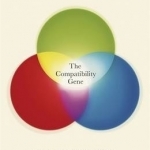
The Compatibility Gene
Book
Short-listed for the Society of Biology Book Award 2014 Long-listed for the Royal Society Winton...
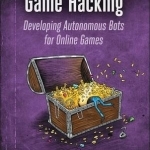
Game Hacking: Developing Autonomous Bots for Online Games
Book
Wish your favorite PC game had a more informative heads up display? What if you could instantly...

An Ordinary Marriage: The World of a Gentry Family in Provincial Russia
Book
An Ordinary Marriage is the story of the Chikhachevs, middling-income gentry landowners in...
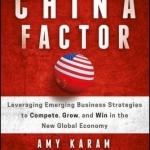
The China Factor: Leveraging Emerging Business Strategies to Compete, Grow, and Win in the New Global Economy
Wiley, Amy Karam and Ken Wilcox
Book
The Innovation of Globalization proven strategies to succeed and out-compete emerging competition...
Dianne Robbins (1738 KP) rated Adrift (2018) in Movies
May 25, 2019
The doldrums of trying to survive aboard a broken vessel and all the boredom of hours upon hours of being adrift is shown.
The acting is decent enough.
There is very little excitement to hold one's interest. I was disappointed that in the movie but it wasn't my story to tell. This is based on the true story of Tami Oldham Ashcraft, who is listed as one of the writers and is shown briefly at the end of the movie.
It's not great. Reading about the actual story online is more satisfying. I am curious about Ashcraft's book but it's probably as boring as the movie.

Adam Smith
Book
Universally acknowledged as the father of capitalism, the eighteenth-century Scottish thinker Adam...
China's Rising Research Universities: A New Era of Global Ambition
Robert A. Rhoads, Xiaoyang Wang, Xiaoguang Shi and Yongcai Chang
Book
This timely study charts the intentional and accelerated rise of China's research universities by...
